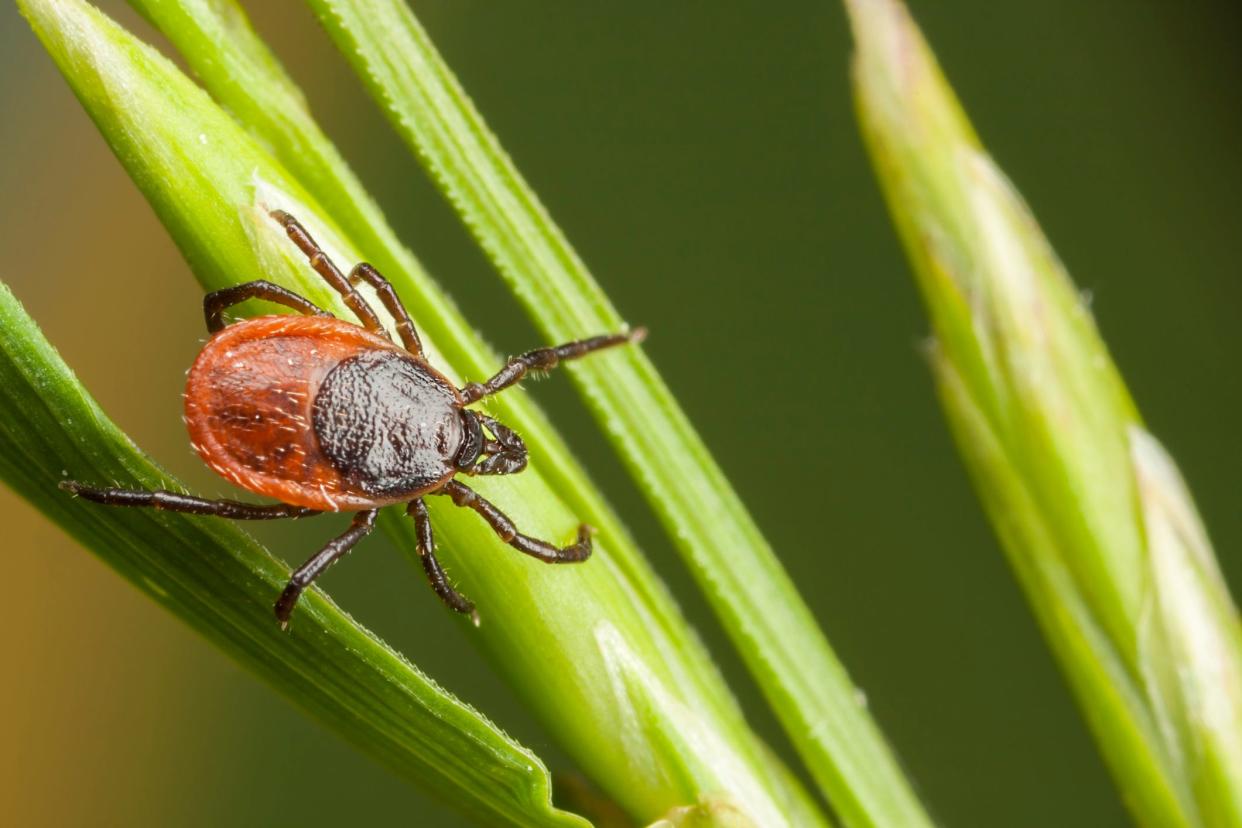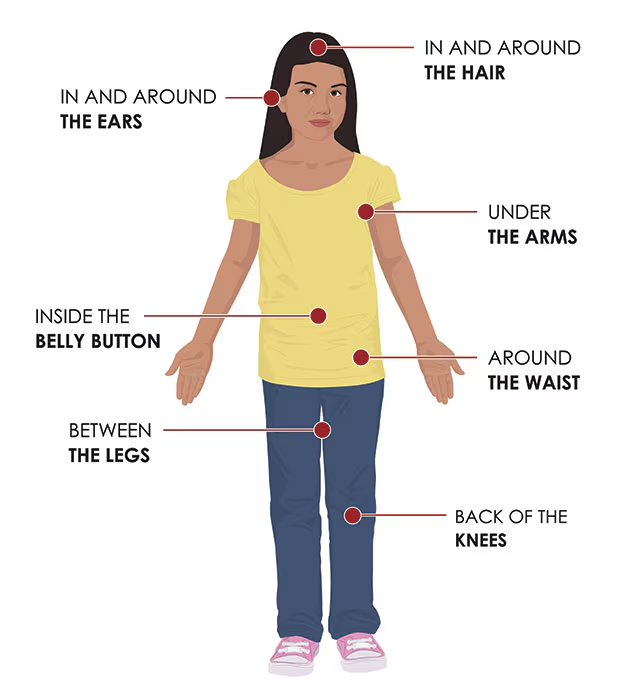It's Tick Awareness Week. What to know about the diseases they carry, how to prevent bites
It's Tick Awareness Week, and the annoying, blood-sucking pests are infamous for spreading illnesses, most commonly Lyme disease.
The awareness week is intended to inform and educate about the threats of ticks, preventive measures, symptoms and treatments, and it falls during a fitting time, Lyme Disease Awareness Month. Here's what we know.
When is Tick Awareness Week 2024?
Tick Awareness Week began on Sunday, May 5, and concludes on Saturday, May 11, according to the National Pest Management Association.

What is Tick Awareness Week?
Tick Awareness Week was established by the Professional Pest Management Alliance to raise awareness about the threats of ticks to humans and pets. The pests can transmit diseases at a rapid pace, negatively impacting public health. According to the Centers for Disease Control and Prevention, around 475,000 people are diagnosed with Lyme disease each year in the U.S. While not all ticks carry the disease, 1 to 50% are infected, according to Johns Hopkins Medicine.
Are ticks dangerous? What diseases do they carry?
According to the CDC, ticks carry various pathogens that can lead to human diseases if bitten. Commonly seen in the U.S. are anaplasmosis, babesiosis, borrelia mayonii and borrelia burgdorferi, which causes Lyme disease, Borrelia miyamotoi, which causes tickborne relapsing fever, and more.
Things to do: 'The Little Mermaid' is coming to life at Kentucky's Newport Aquarium with a new exhibit
What ticks carry Lyme disease?
According to Johns Hopkins, up to 50% of ticks can transmit Lyme disease. — most often black-legged ticks. The Minnesota Department of Health reports that 1 in 3 adult black-legged ticks, commonly referred to as deer or bear ticks, carry Lyme disease, while 1 in 5 immature black-legged ticks carry it. To be transmittable, the tick has to have been attached for at least 24 to 48 hours.
What is Lyme disease?
According to the CDC, Lyme disease is the most common tick-borne illness in the nation, with around 475,000 diagnoses per year. A range of symptoms that could indicate Lyme disease include fever, rash, arthritis, fatigue and facial paralysis, and could occur anywhere from days to months after a tick bite. Symptoms also worsen in severity over time, so seeking treatment early for possible Lyme disease is necessary. The disease is most common in geographic regions like the Midwest, northeast and mid-Atlantic states, according to Mayo Clinic.
How to prevent tick bites
The United States Environmental Protection Agency recommends various preventative measures for avoiding tick bites, starting with the right bug repellent. These include avoiding tick-infested habitats like tall shrubs and grass, walking on the center of trails to avoid possible contact, limiting skin exposure by dressing in long sleeves, long pants and tall boots, wearing bright colors and promptly checking for ticks and removing them if necessary after an outing.
Where to check for ticks

How to remove a tick from your skin
According to the CDC, it's best to remove a tick with fine-tipped tweezers and pull upwards with even and steady pressure. Never use your hands or fingers to remove a tick as it could increase the chances of crushing it and the mouth remaining in the skin. After removing the tick, clean the wound and your hands with rubbing alcohol or soap and water.
Symptoms to look for if you get a tick bite
According to the Mayo Clinic, there are three stages of symptoms differing in severity. Stage 1 symptoms include headaches, fever, rash and joint stiffness. Stage 2 symptoms are multiple rashes, neck stiffness, muscle weakness in the face, pain starting in the back and spreading to the hips and legs and swelling of the eyes and eyelids. Stage 3 symptoms begin two to 12 months after the bite, and is known as late disseminated disease. Common symptoms include joint arthritis in the knees, and long lasting pain, swelling or stiffness. Most cases of Lyme disease are curable with antibiotics and treatments.
This article originally appeared on Louisville Courier Journal: Tick Awareness Week 2024: Lyme Disease Awareness Month
